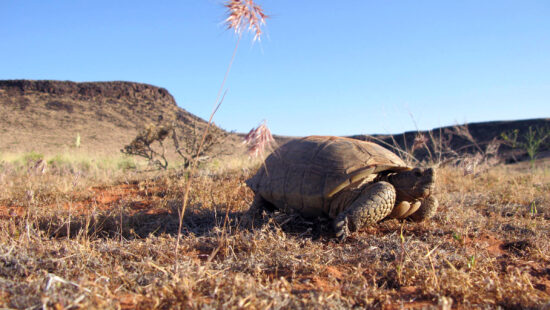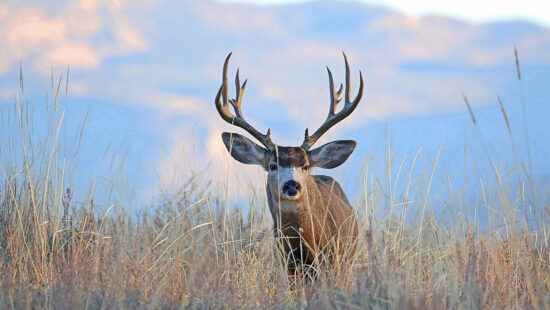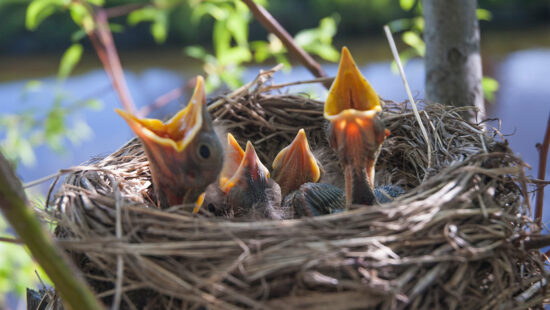Wildlife
Sharing your yard: Bald Eagles
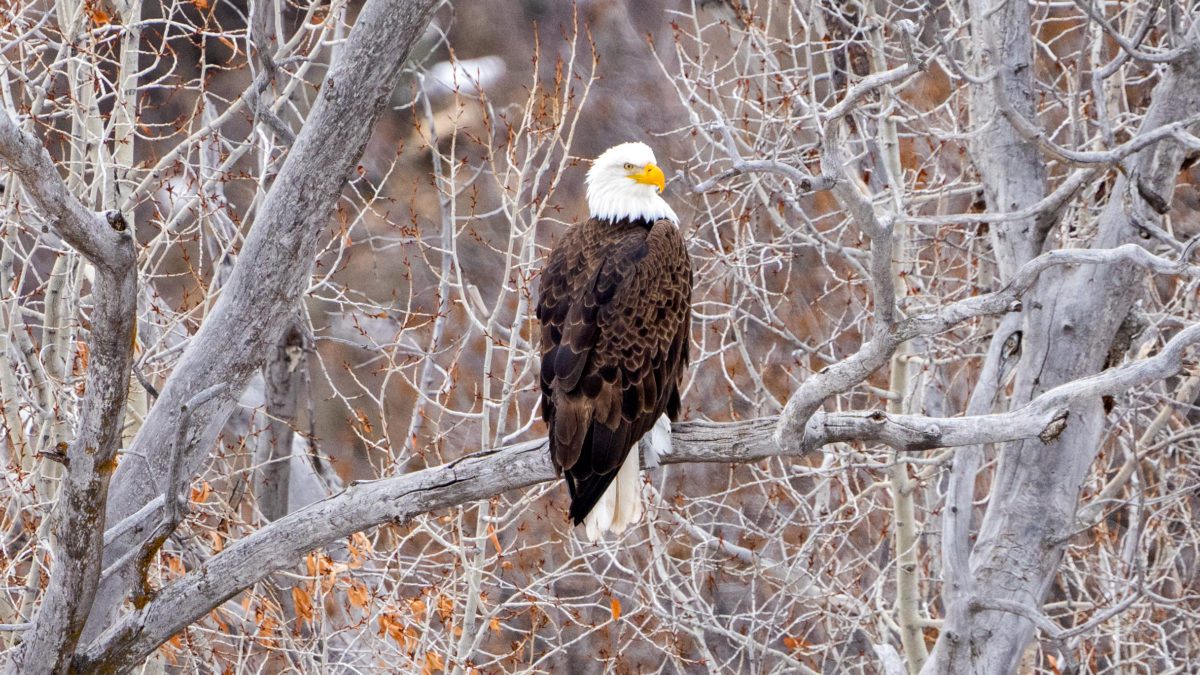
A Bald Eagle found off of Jeremy Ranch Road. Photo: TownLift // Kevin Cody.
PARK CITY, Utah — Winter in the Wasatch is home to thousands of bald eagles. According to the Utah Department of Wildlife Resources (DWR), bald eagles begin arriving to Utah in October and November, with the highest population in January and February. Typically, around March, bald eagles will return north for summer breeding.
Nesting season for bald eagles is when they build their nests, lay eggs, and raise young. Bald eagles will lay one to three eggs at a time and incubate them for around 35 days before hatching. Three months later, the young eagles will learn to fly and leave the nest.
Water within reach is the ideal landscape for bald eagles, who will nest by lakes, rivers, oceans, and reservoirs. The animal’s scientific name, Haliaeetus leucocephalus is Greek for sea eagle with white head.
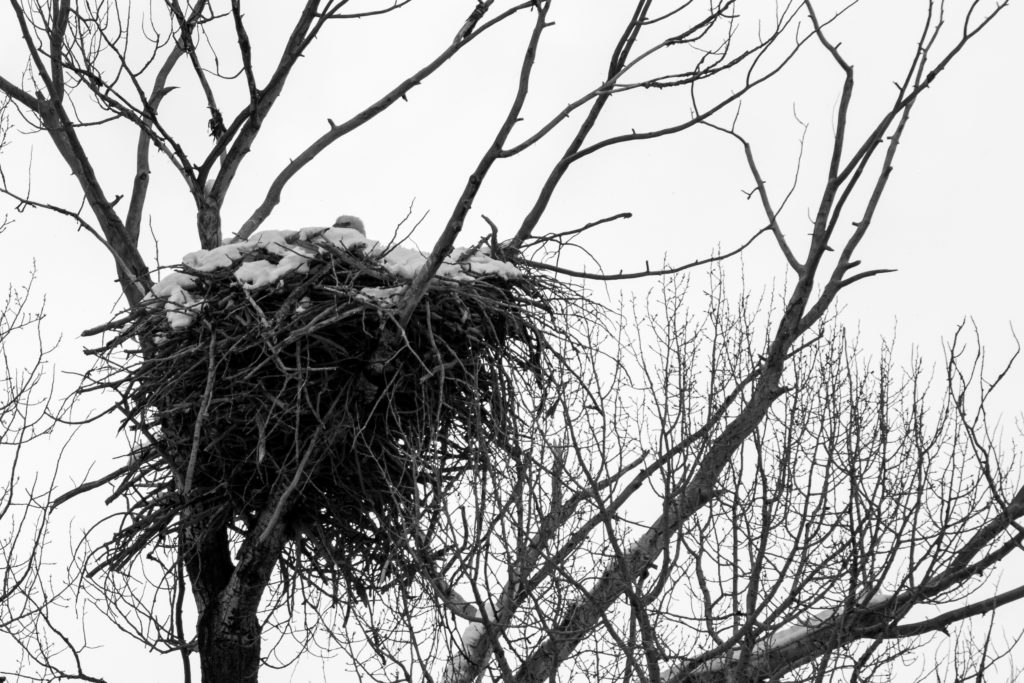
These sea eagles with white heads primarily eat fish, hence the proximity to water. In winter, these birds find other sources of energy, like carrion, road kill, and even hunted animals that aren’t claimed or found by their hunters. Bald eagles need to eat a reported 5-10% of their body weight per day.
Bald eagles’ signature white heads are the marker of an adult (4-5 years old), as is their white tail. Young bald eagles are overall dark brown perhaps with some instances of white around the body or wings.
The average wingspan of mature bald eagles can reach from six-and-a-half to eight feet. Their height is approximately three feet from head to tail tip and they weigh around 8-15 pounds. Their talons can be up to two inches long on large females. Contrary to many bird species, females can be distinguished from males by their larger size.
These birds of prey hunt from the sky or their roost and average 30-40 miles per hour. Astonishingly, while diving they can reach up to 100 miles per hour.
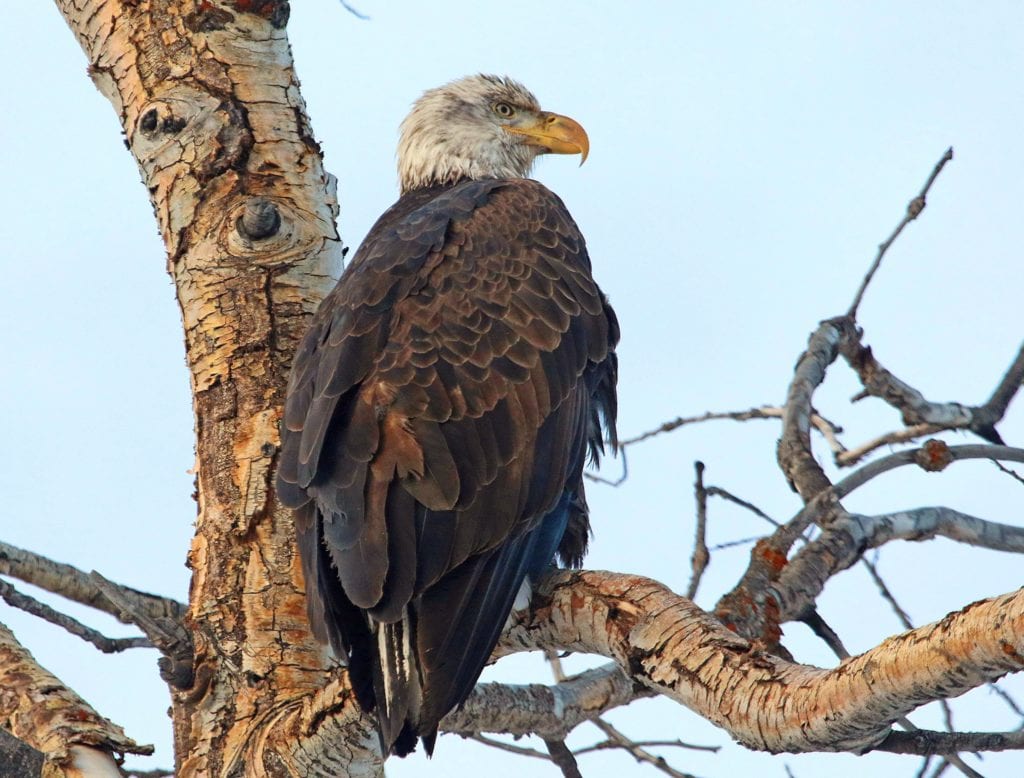
“The largest concentrations of wintering bald eagles in Utah occur near the Great Salt Lake and in historic roost sites of the nearby Wasatch Mountains. High numbers of birds have been counted in the desert valleys of north central Utah and along major rivers in the eastern and southern portions of the state,” according to the DWR.
Since 1782 the bald eagle has been the national bird, which is fitting as the species is only found in North America, spanning the Gulf of Mexico to Canada. At that time, bald eagles were much more common.
According to the DWR, “the most significant cause for population declines was the use of DDT during WWII and the subsequent widespread use of this and other organochlorine insecticides. These persistent chemicals were passed from aquatic insects and invertebrates to minnows to larger fish and to bald eagles and other birds. When bald eagles consumed contaminated fish and other prey, residues of these insecticides became concentrated in stored body fats. Eventually, the concentrated chemicals interfered with the eagle’s ability to lay eggs with shells strong enough to withstand incubation.”
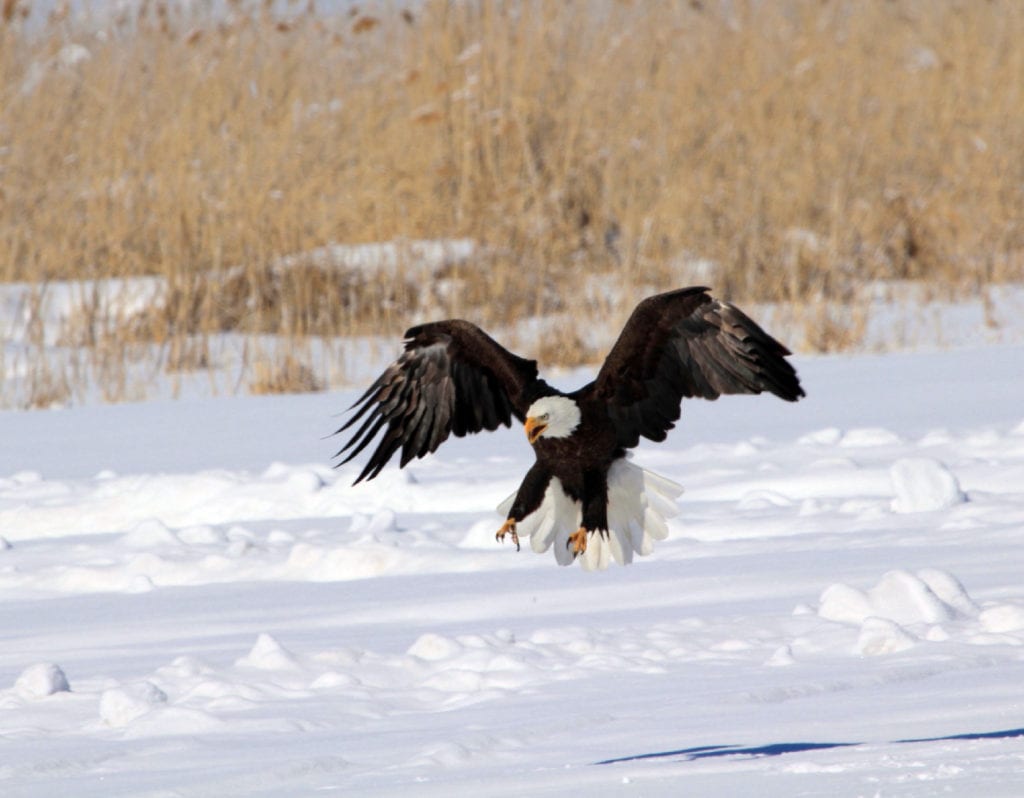
By the 1960s in the contiguous United States, bald eagle populations significantly decreased, although populations in Alaska and northern Canada experienced little to no changes. DDT was banned in the U.S. in 1972.
One year later, in 1973, the Endangered Species Act and the U.S. Fish and Wildlife Service listed bald eagles as “Endangered” in most states. In August of 2007, the bald eagle recovered enough to be taken off the endangered species list. Currently, it is a ‘species of concern’ in Utah. The national bird is protected by the Utah Wildlife Code, the Migratory Bird Treaty Act, and the Bald and Golden Eagle Protection Act.
State and federal laws prohibit harassing, injuring or killing eagles, or damaging their nests.
Bald eagle viewings are hosted by the DWR, with one upcoming on Saturday, February 18, from 9 a.m.-12 p.m. at Ouray National Wildlife Refuge in .
DWR shares how the public can help bald eagles:
- Report all observations of eagles in areas of the state where they have not previously been sighted. Also note any nest sites and report them to the Utah Division of Wildlife Resources. If you find an injured or dead eagle, please contact Wildlife Resources as soon as possible.
- Remember that bald eagles and other wildlife may be sensitive to your presence. Respect their needs and act responsibly. Disturbances may interfere with their ability to fulfill daily needs for food and energy balance and may cause abandonment of sites. Observe them quietly and from a distance.
- For more information about bald eagles, contact the Utah Division of Wildlife Resources, 1594 West North Temple, Suite 2110, Salt Lake City, UT 84116. 801-538-4700.















